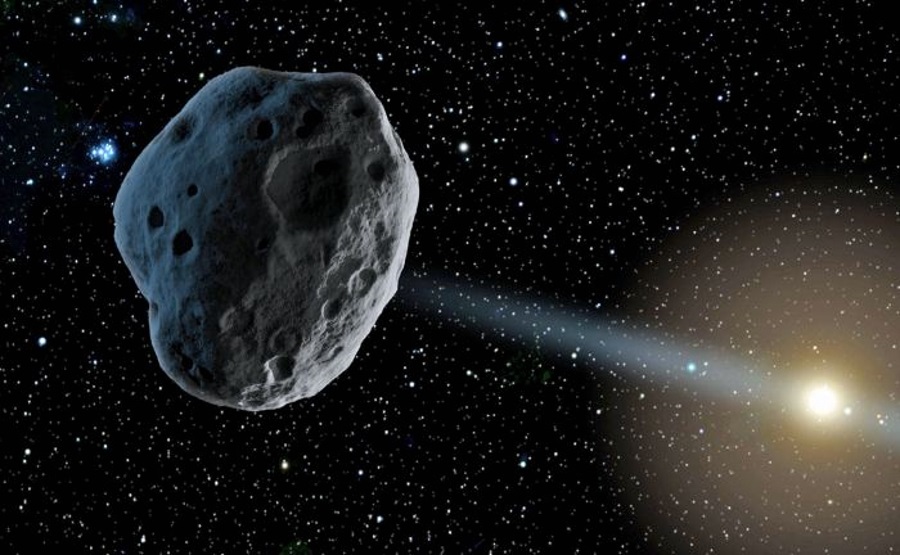Scientists spotted last week an asteroid coming from another interstellar space. This one is the first time that humans can detect such an event.
From a spot that’s still much unknown to researchers, more than 60 lunar distances away from our Sun, the object known as A/2017 U1 appeared following a hyperbolic trajectory like any other object followed before.


The asteroid is not distinctively different from any other in our Solar System; it’s just a simple object floating in the space. However, using the Pan-STARRS telescope in Hawaii, the researchers realized about the existence of the small object orbiting differently from the others.
Planets, asteroids, and comets usually follow elliptical paths around the Sun. But this one doesn’t.
The paths — including the speeds and positions — of usual Astros, and how far are they from the Sun, can be measured using Newton’s gravitational law.
Planets’ gravity fasts objects, but A/2017 U1 is not the case
Any object tends to move faster when is more proximate to the biggest star in our Solar System. But when it gets further, its speed starts to slow down. Thus, when it’s extremely far, the object doesn’t have enough speed to overcome the Sun’s gravitational pull, so it keeps following its path until it makes another orbit.
However, different from an object in our Solar System, A/2017 U1 didn’t result as the others. When scientists calculated when the object was going to go back to the Sun, they realized that the asteroid didn’t have any plans to do so. Researchers found that the object is moving so fast that it will someday separate from the Sun’s gravity and leave our Solar System.
In a statement, the manager of the Center for Near-Earth Object Studies at NASA’s Jet Propulsion Laboratory in Pasadena, California, Paul Chodas, talked about how long scientists have been waiting to see an object coming from another interstellar space.
“It’s long been theorized that such objects exist — asteroids or comets moving around between the stars and occasionally passing through our solar system — but this is the first such detection,” Chodas said, according to Space.com. “So far, everything indicates this is likely an interstellar object, but more data would help to confirm it.”
Are we able to reach another interstellar space?
Indeed, scientists have used other big planets’ gravity to give a boost of speed to spacecraft that are actually on their way to other interstellar spaces — such as Voyager and New Horizons, just as any other asteroid or comet can do.
This theory made scientists believe that objects can leave and arrive our Solar System on rare occasions. They just need to be in the exact place, at the precise time.
However, they said that couldn’t have happened to A/2017 U1 because its orbit is almost perpendicular to the orbits of the planets. Also, the object hasn’t even passed near to none of our Solar System’s largest planets.
Such a velocity earned by itself makes scientists know A/2017 U1 is a visitor from another interstellar space.
Hopefully, we’ll soon know the results of the Voyager and New Horizons spacecraft, which used this technique to reach far places that humanity hasn’t visited yet.
Source: Forbes

